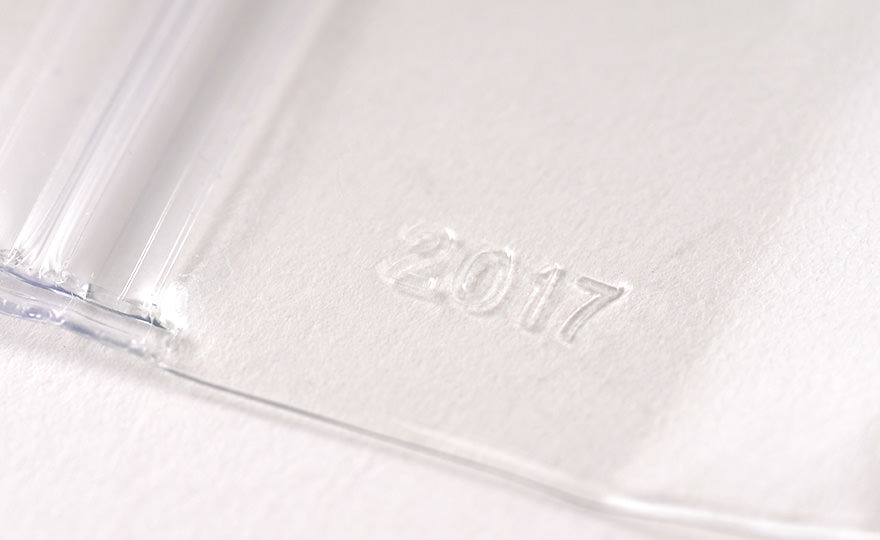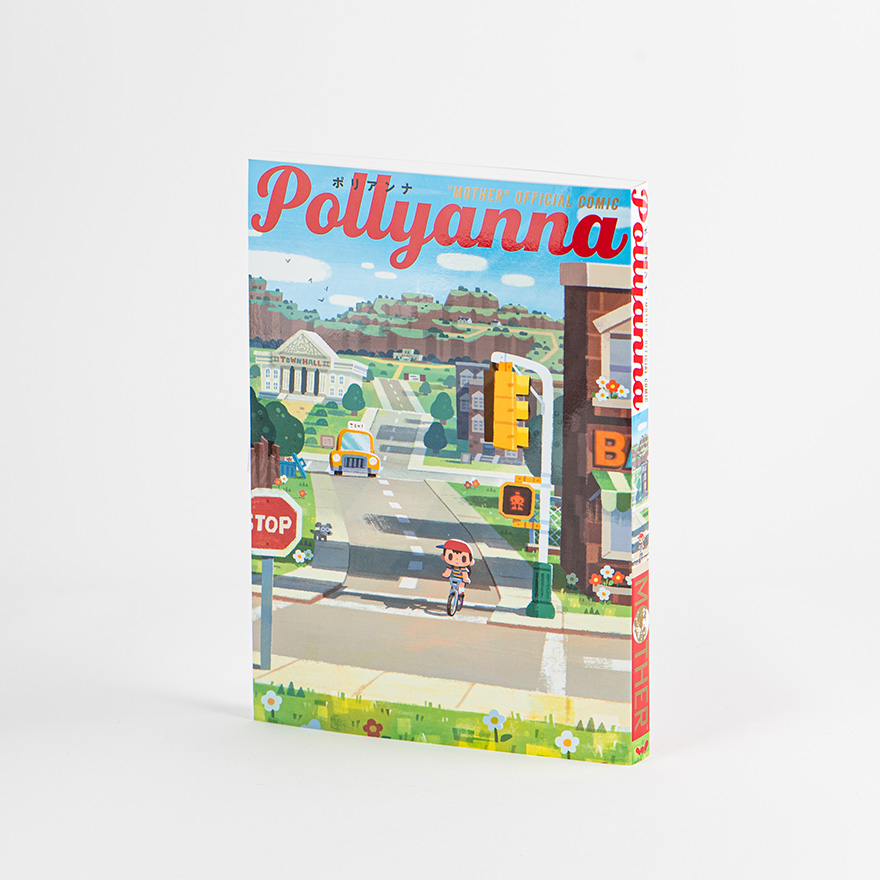


Regardless of the final look and overall aesthetic, it’s nice to see that the badge is being made with longevity in mind. The Hobonichi Franklin Badge looks to have the latter type of finish, as opposed to the Mother 3 Franklin Badge, which opts for the former. Depending on how the enamel is applied and the finishing polish, it can be either raised and rounded, or flush to the metal. Image courtesy of on Twitter.)Īfterwards, it’s painted with enamel, and then sanded down to become smooth.

(Two of the Mother 3 Franklin Badge Pins, the top showing yellow discoloration due to light exposure and the bottom showing no discoloration from being kept in packaging. It’s then either torched to the base, or in the Franklin Badge’s case, stamped directly into it at high pressure. Cloisonné is usually done by bending thin metal or wire into shapes, then attached to the base of the object, which is the backing of the pin in this case. These pins are created with a technique called cloisonné, which is an ancient technique used for crafting things like pendants, badges, and sometimes ornate plates and bowls. The company that makes these, as well as some of the other pieces on the store page, is known as PROOF OF GUILD, which is a studio in Nagoya that specializes in hand-crafted jewelry. On one hand, it may feel rough and very as-is, but also have that medal-like pristine… This is the kind of badge we aimed to create.” The description even mentions this, “Like a commemorative medal that does not deteriorate with age, we want people to be able to feel the weight of the badge in their palms. The Hobonichi badge also looks a lot thicker, and is safe to assume, much heavier than the M3 badge. The Hobonichi Franklin Badge’s decals and lettering are part of the metal itself, instead of being painted like the M3 Franklin Badge.


 0 kommentar(er)
0 kommentar(er)
